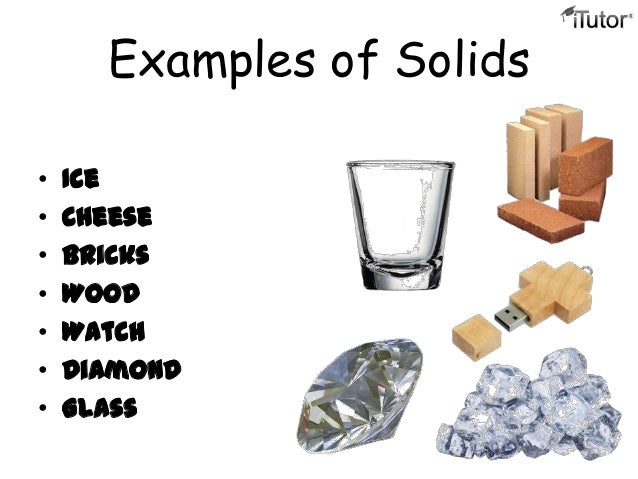


The largest group of minerals by far is the silicates (most rocks are ≥95% silicates), which are made largely of silicon and oxygen, also with ions of aluminium, magnesium, iron, calcium and other metals. Some minerals, like quartz, mica or feldspar are common, while others have been found in only a few places in the world. Most of the rocks of the Earth's crust have quartz (crystalline SiO 2), feldspar, mica, chlorite, kaolin, calcite, epidote, olivine, augite, hornblende, magnetite, hematite, limonite and a few other minerals. Basically, it’s anything that can be touched. In contrast, a rock sample is a random aggregate of minerals and/or mineraloids, and has no specific chemical composition. matter, material substance that constitutes the observable universe and, together with energy, forms the basis of all objective phenomena. In science, matter is defined as any substance that has mass and takes up space. For anything to occupy space, it must-have volume. Minerals differ in composition from pure elements and simple salts to very complex silicates with thousands of known forms. Matter is anything, such as a solid, liquid, or gas, that has weight (mass) and occupies space.

To be thought as a true mineral, a substance must have a crystal structure with uniform physical things throughout. Minerals are natural solids formed through many geological processes under high pressures.


 0 kommentar(er)
0 kommentar(er)
